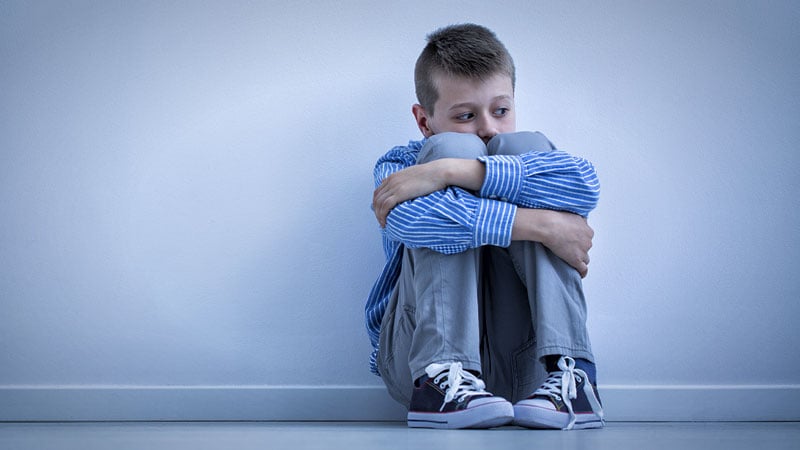A new study sheds light on the escalating youth suicide crisis, revealing that emergency department visits for suicidal thoughts among kids and teens steeply increased even before the start of the COVID-19 pandemic.
Emergency department visits for “suicidal ideation” (or suicidal thoughts) among 5- to 19-year-olds increased 59% from 2016 to 2021, and hospitalizations rose 57% from fall 2019 to the fall of 2020, according to the study published today by the American Academy of Pediatrics.
“A lot of people have talked about mental health problems in youth during the pandemic, but it was happening before the pandemic,” said author Audrey Brewer, MD, MPH, in a news release from the Ann and Robert H. Lurie Children’s Hospital of Chicago. “This has been an issue for so long, and it’s getting worse.”
Researchers looked at data for 81,105 emergency department visits across 205 Illinois hospitals from 2016 to 2021 for kids between the ages of 5 to 19.
The researchers found “there was a very sharp spike in fall 2019, followed by a similar spike during the pandemic fall of 2020, with highest number of monthly visits during October 2020,” the authors said. “Youth aged 14 to 17 years had the highest frequency of [suicidal ideation emergency department] monthly visits, with visits in this group greater than the other age groups combined.”
Last year, the CDC announced that suicide is the second leading cause of death among 10- to 19-year-olds.
The new research is being called a benchmark because it evaluates emergency department data for suicidal thoughts – a critical point-of-care for serving youths’ mental health needs. The data showed that providers were increasingly likely to list suicidal thoughts as the main diagnosis.
“Suicidal ideation can be thought about as two types: actively thinking about suicide or having thoughts, but not having a plan,” Brewer said in the news release. “That could be the difference in why someone might get admitted to the hospital.”
The researchers hypothesize that care between 2019 (when the initial spike occurred) was delayed in the early days of the pandemic, and that delay possibly contributed to the increase in providers identifying suicidal ideation as the main diagnosis.
“The early pandemic period coincided with constrained access to pediatric mental health services through schools, pediatric primary care homes, and mental health clinics for many children and their families,” the authors wrote. “The proportion of child mental health visits increased relative to other types as patients avoided ED visits during the early wave of the COVID-19 pandemic. Thus, the increase in hospitalizations during fall 2020 may reflect patients’ deferring care until symptoms became even more severe.”
Other health care scholars agreed the study spurred questions about whether the pandemic was truly the source of the crisis.
“Was it the pandemic that exacerbated the increase or is this a growing trend?” wrote Lisa M. Horowitz, PhD, MPH, and Jeffrey A. Bridge, PhD, in a commentary published along with the study. “These rising rates underscore the worsening mental health crisis for youth, as noted by the 2022 Surgeon General report and several youth mental health organizations.”
Sources
Pediatrics: “Trends in Suicidal Ideation-Related Emergency Department Visits for Youth in Illinois: 2016–2021.”
Newswise: “ER Visits Among Youth with Suicidal Thoughts Had Already Spiked in Fall 2019.”
CDC: “WISQARS Leading Causes of Death Reports.”
Pediatrics: “Upstream Prevention Strategies to Prevent Suicidal Ideation-Related ED Visits.”
Source: Read Full Article



